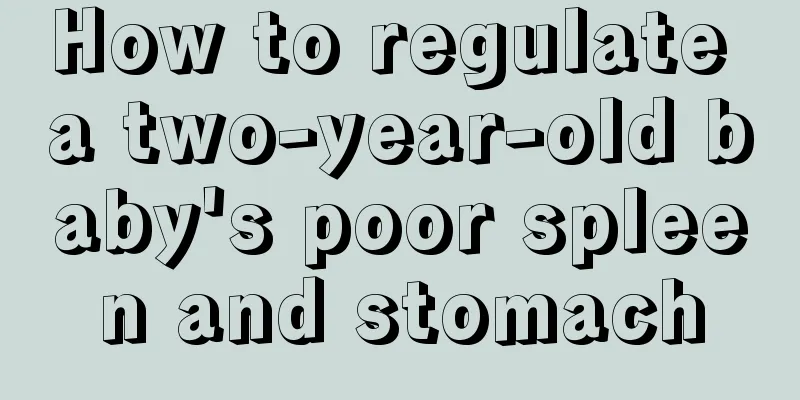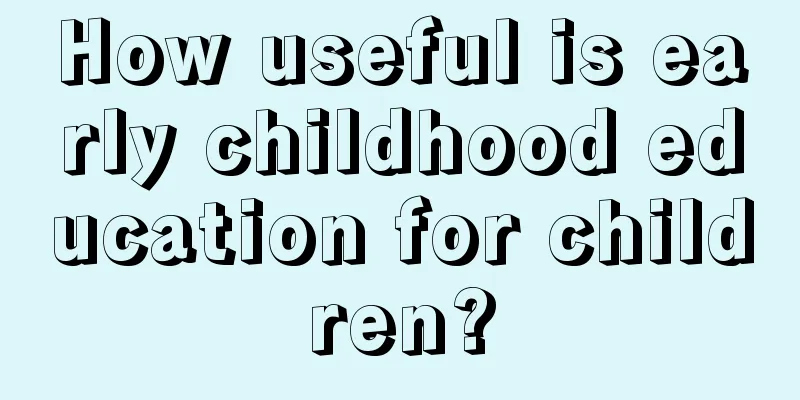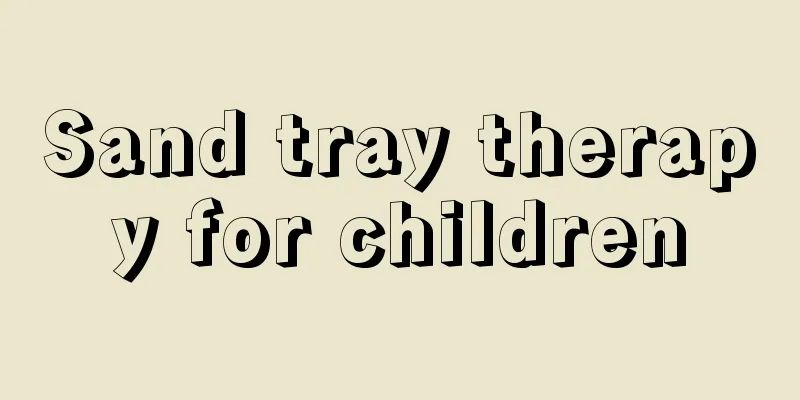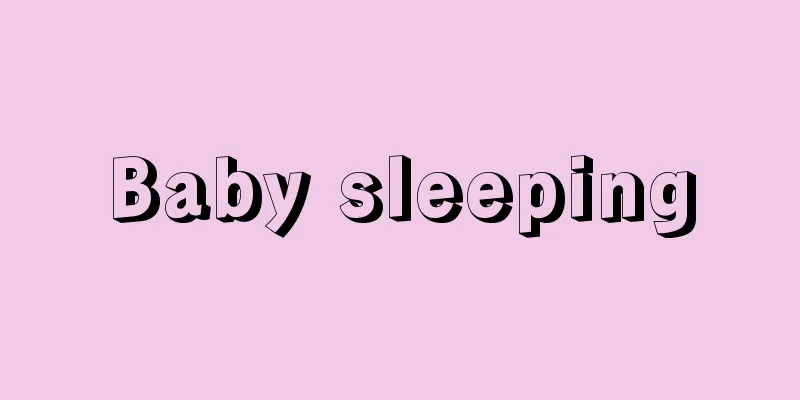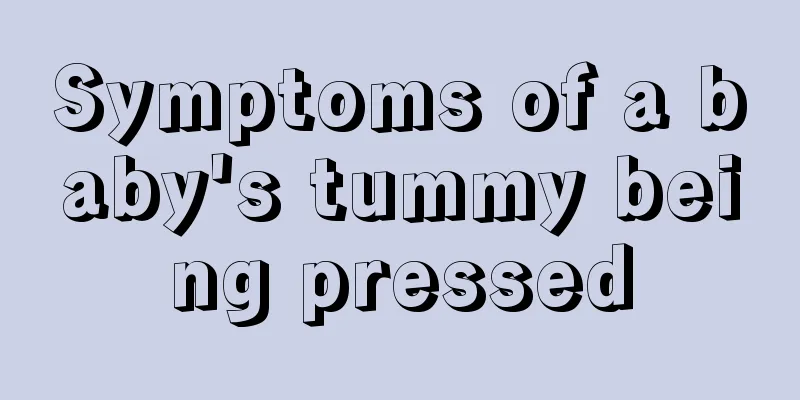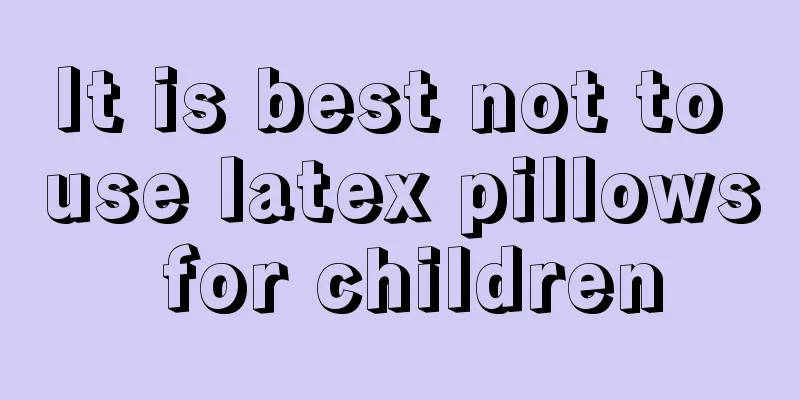Early symptoms of psoriasis in children
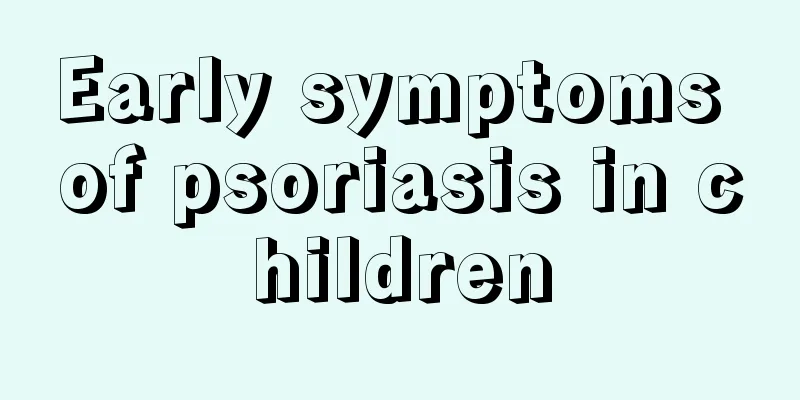
|
Psoriasis is a common skin disease in our human body. The so-called psoriasis is actually psoriasis, and ordinary people may suffer from psoriasis. Children are also often infected with childhood psoriasis. The so-called childhood psoriasis actually refers to childhood psoriasis. There are many early symptoms of psoriasis in children. For our parents and friends, if we have a detailed understanding of the early symptoms of psoriasis in children, we can help our children cure psoriasis as soon as possible. In fact, childhood psoriasis is a disease that children are more likely to suffer from during their growth and development stage. Children with childhood psoriasis usually cry because childhood psoriasis is sometimes very itchy, which is usually unbearable for most children. So, in response to this situation, let’s take a closer look at the early symptoms of psoriasis in children. 1. Classification of early symptoms of psoriasis in children ① Eruptive psoriasis Psoriasis in children usually appears within 2-3 weeks after the child has an upper respiratory tract infection. Small red rashes like "red prickly heat" appear all over the body, quickly developing into small red spots the size of mung beans and soybeans. A light scrape will reveal silvery-white dandruff. This type of psoriasis is called guttate psoriasis. Because the onset is relatively sudden and the development is relatively rapid, it is also called exanthematous psoriasis. Patients with this type of psoriasis can take some Chinese medicine to treat the infection. Once the infection is controlled, the skin lesions of some patients will also heal. If your tonsils are often inflamed, you may consider having your tonsils removed. ②"Diaper psoriasis" There is also a type of "diaper psoriasis" in infant patients, in which dark red patches with clear boundaries and silvery white flaky scales appear in the diaper area. The lesions can develop beyond the diaper area to the upper thighs. This type may have a family history of psoriasis, irritation of the skin, and the resulting isomorphic phenomenon. Children with this type of psoriasis should use soft diapers and keep them dry, which can reduce dandruff and alleviate symptoms, and even achieve clinical cure. ③Pustular psoriasis There are also severe types of psoriasis in children, such as pustular psoriasis. Its clinical manifestations are similar to those in adults, but children are young and weak, and the symptoms are more severe. They are often generalized, with very thin and densely packed small pustules on the surface of large areas of erythema, and these small pustules quickly merge into pus lakes. It should be used with greater caution during treatment, but the dosage should be calculated based on the weight of the child, and attention should be paid to preventing adverse reactions to hormones. For children with pustular psoriasis, in general, try not to use immunosuppressants, cyclosporine, etc., because children are in an important period of growth and development, so as to avoid serious adverse reactions. 2. Clinical manifestations of psoriasis in children ①The main symptoms of psoriasis are skin damage, which often develops symmetrically and can spread to various parts of the human body. The disease is more common in the extensor side of the elbow or knee joint and in the head. In a small number of patients, both the nails and mucous membranes will be invaded. People with psoriasis may also develop secondary erythroderma, which is called erythrodermic psoriasis. ② In the early stage of the disease, the symptoms of psoriasis will appear as flat papules ranging in size from a needle tip to a lentil, which will gradually increase to the size of a coin, or become larger light red infiltrated spots, and their boundaries will be relatively clear, and many layers of silvery white scales will appear on the erythema. ③Psoriasis presents symptoms of skin damage, which can be divided into many forms. In the acute phase, the damaged skin will appear dotted and bright red in color, and will also have obvious itching symptoms. Damaged skin in the resting phase will appear patchy and map-like. Patients in the remission phase may also develop circular or semi-circular damaged skin. Through the detailed introduction in the above article, I believe most people should now have a certain understanding of the early symptoms of psoriasis in children. After understanding the early symptoms of childhood psoriasis, our parents can take relatively effective treatments to cure their children's psoriasis in the initial stage of childhood psoriasis, which is a good guarantee for children's health. |
<<: Prevention of urinary tract infections in children
>>: How to prevent chickenpox infection
Recommend
Is it okay to take a shower after vaccination?
The purpose of vaccination is to prevent children...
Be alert after reading the symptoms of hand, foot and mouth disease in babies!
Medicine in today's society is very developed...
How to prevent tooth decay in babies?
Many children develop some tooth decay because of...
Treatment for baby's breath holding while sleeping
We all know that many babies suffer from holding ...
Middle School Schedule
As a qualified student, you should understand you...
Why does a one-year-old baby toss and turn when sleeping?
When babies are one year old, they already have a...
What should children eat to grow fast?
Parents all hope that their babies can grow up qu...
What should children eat when they have sore throat? Introducing the correct way to eat it!
Once a child's throat becomes inflamed, there...
Why do children like to blink?
It's a good thing for some children to be liv...
What to do if a child has hunchback?
Generally speaking, children's hunchbacks are...
Is it good to use air conditioning for a two-month-old baby?
Is it good to use air conditioning for a two-mont...
How to treat a baby with thick nasal discharge
It is common for babies to have thick nasal disch...
Can children drink milk tea?
Milk tea is a drink that is becoming more and mor...
Baby's head with red envelope
If a red bump suddenly appears on your baby's...
Can babies with eczema bask in the sun?
Eczema is not unfamiliar to many of our friends, ...
